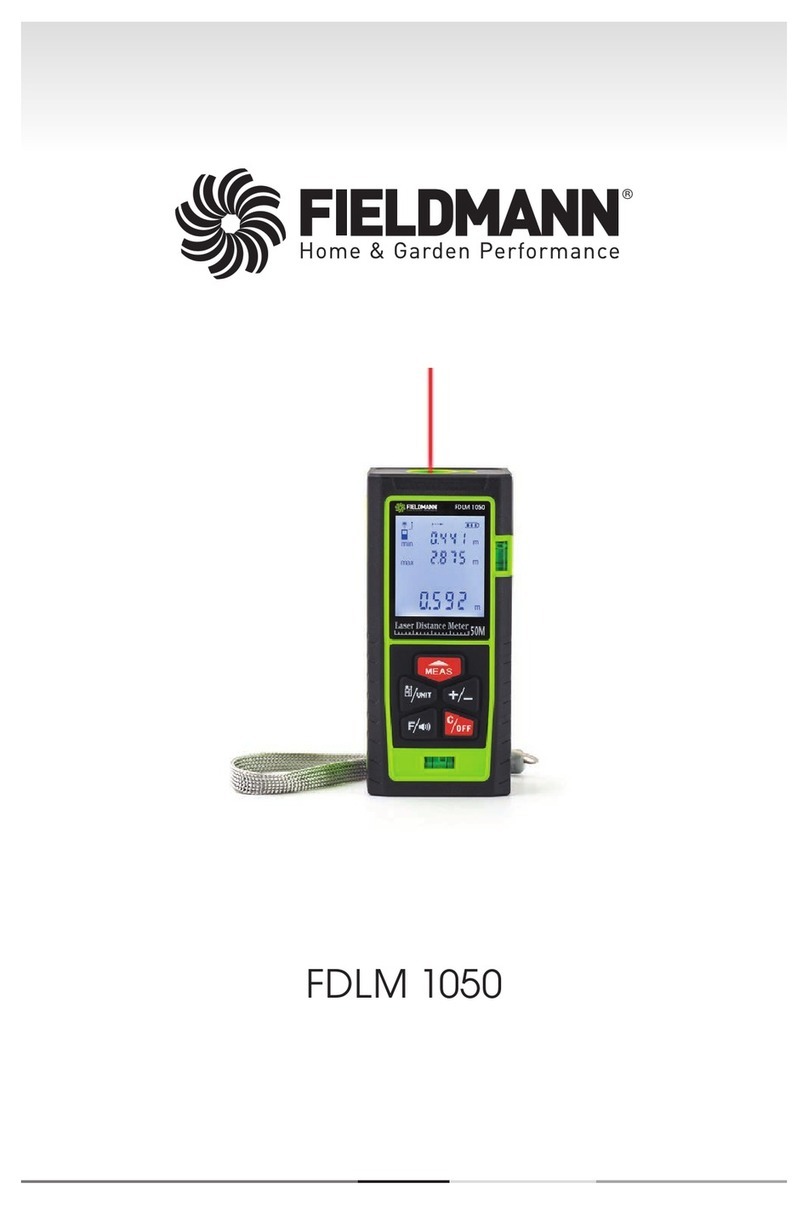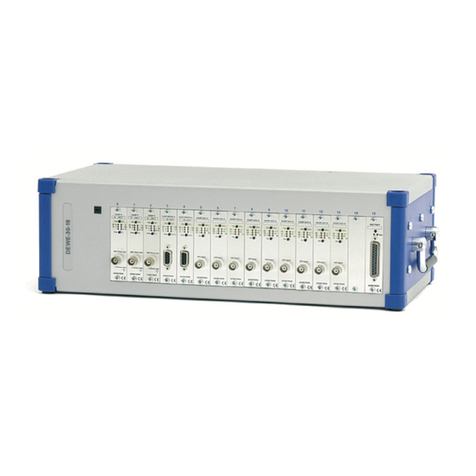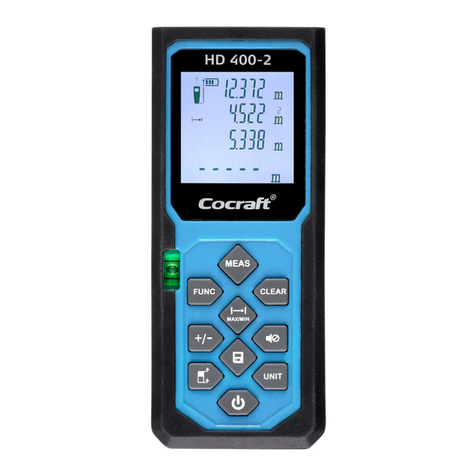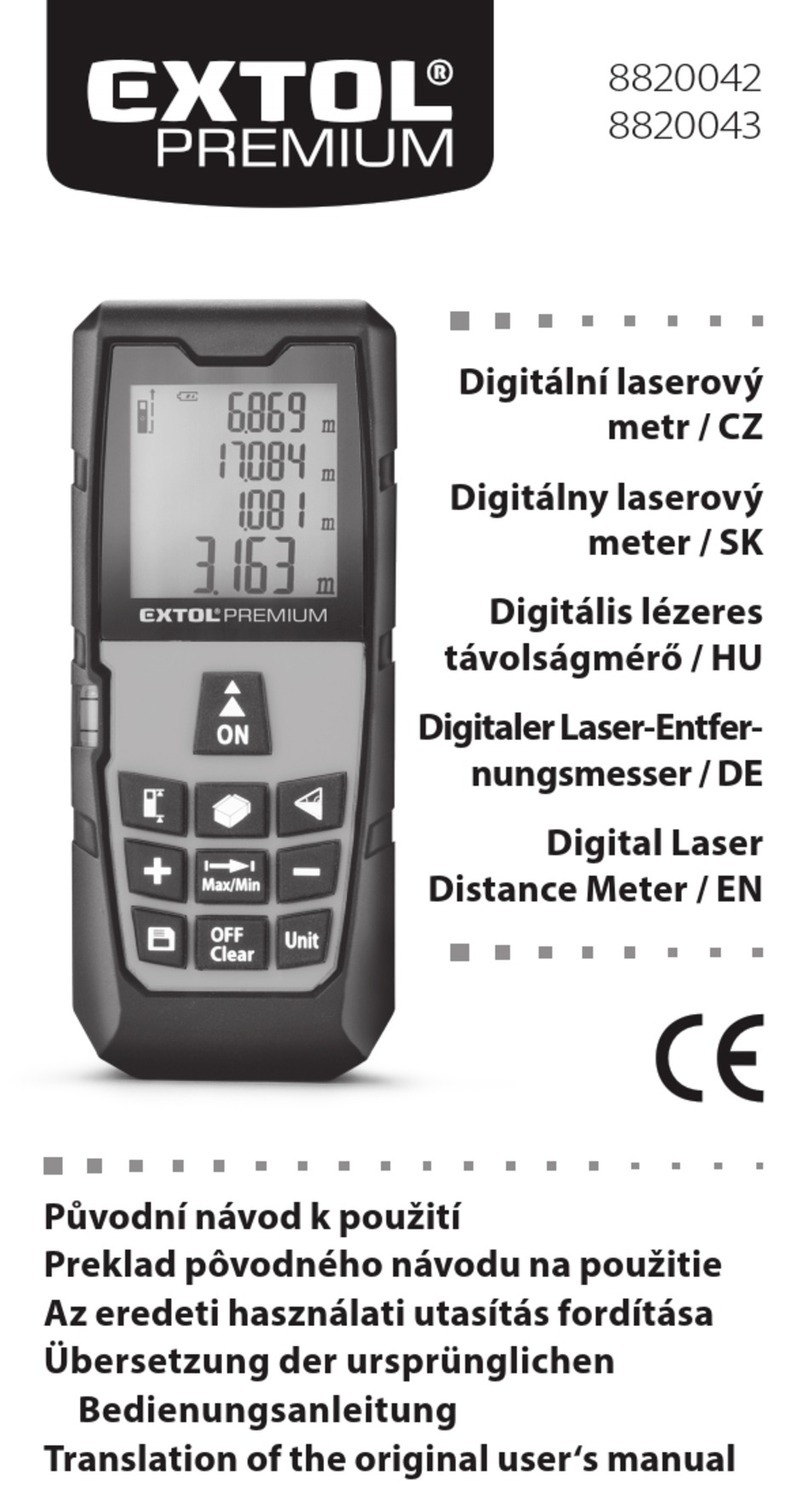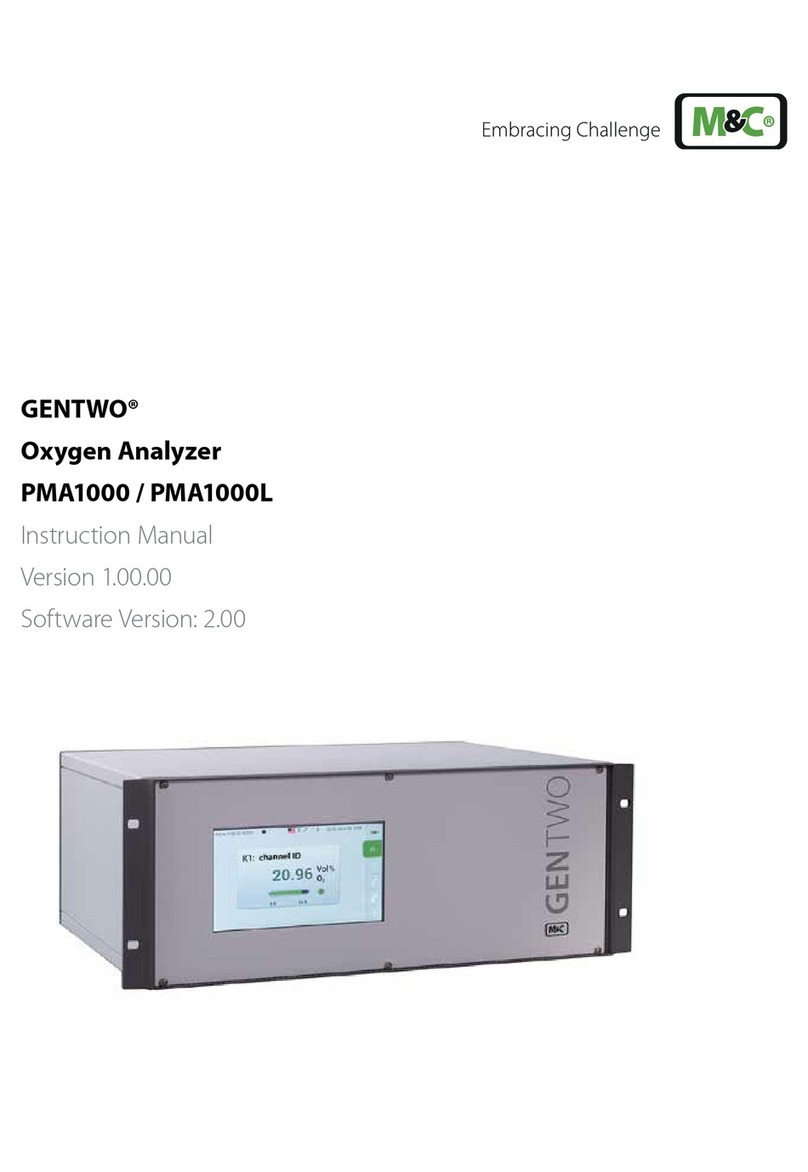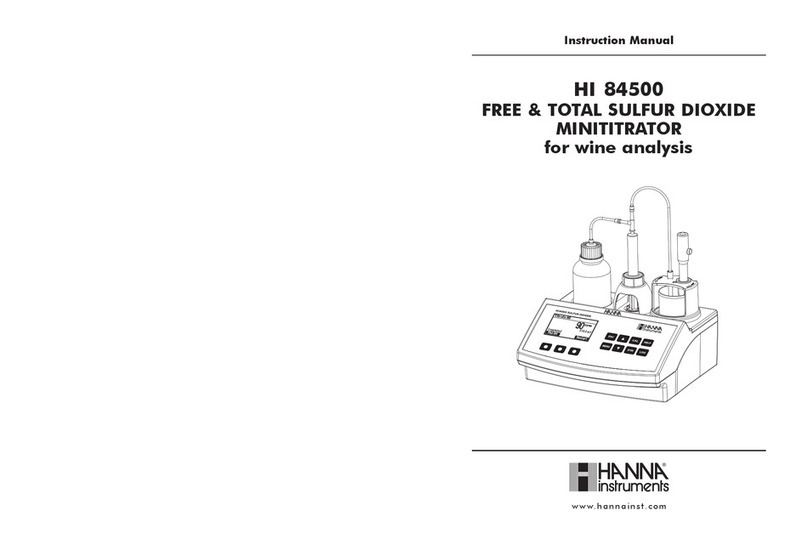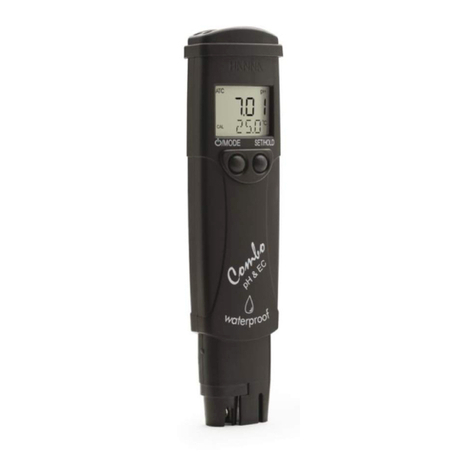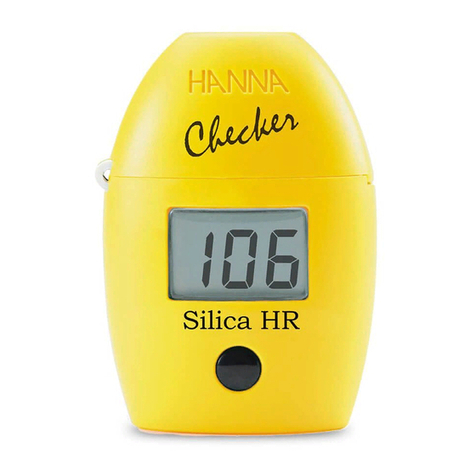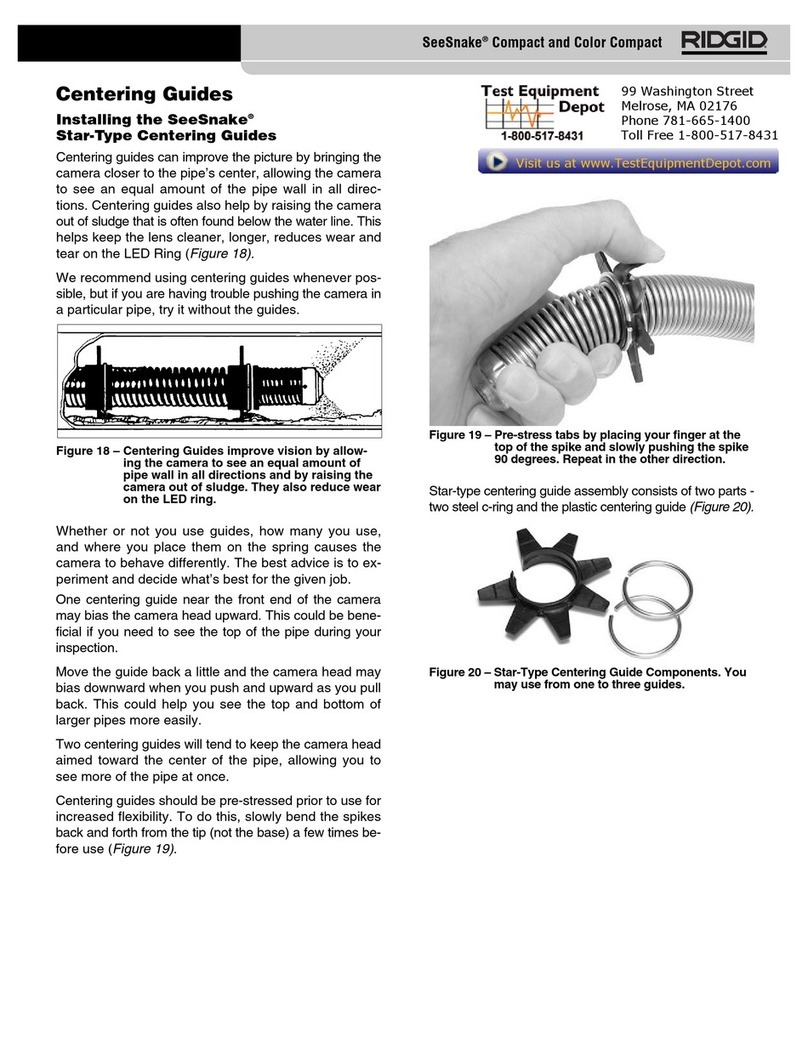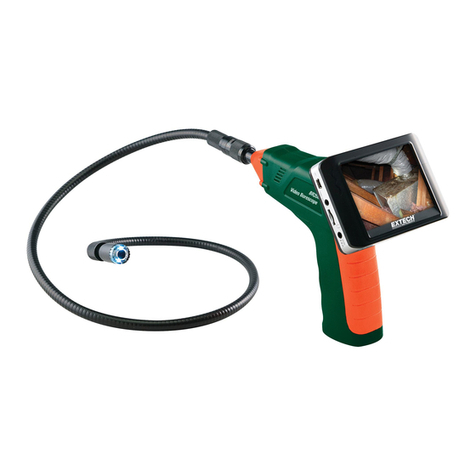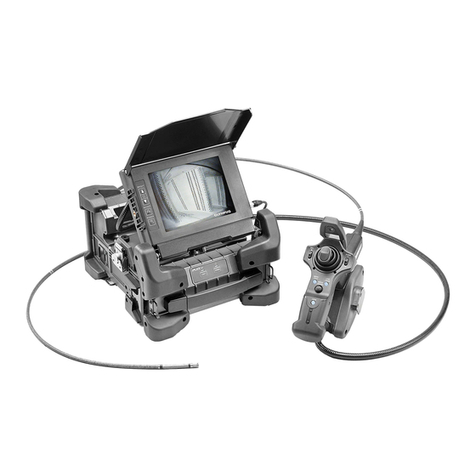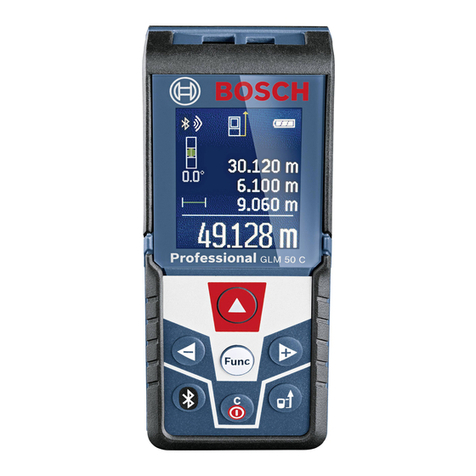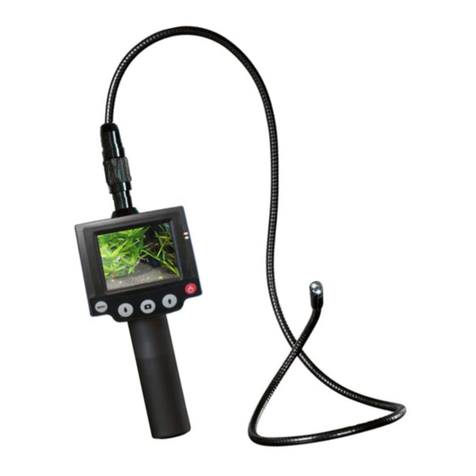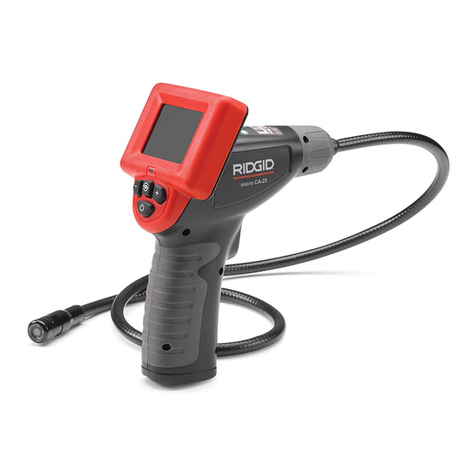54
The instrument employs a powerful and effective built-in algorithm to analyze the pH response to
determine the exact pH endpoint, then uses this to make the necessary calculations. The Titratable
Acidity determination is instantaneously displayed in selected measurement units on the large dot
matrix display. The instrument is ready for the next analysis immediately.
Other features:
• Log on demand up to 100 samples (50 for pH measurement; 50 for titration results)
• GLP feature, to view last calibration data for pH electrode and pump
• PC interface via USB connection
MEASUREMENT SIGNIFICANCE
Acidity is the quantitative capacity of the water sample to react with a strong base solution in order
to obtain a pH end point value. Acids contribute to the corrosive capacity of the water, influence the
chemical reaction rates and biological processes.
The results of acidity measurement also reflect the quality of the waters (surface, drinking, waste
waters) and are an essential monitoring device to define and control the pollution. Strong acids
(such as mineral acids: HNO3, H2SO4, HCl) and weak acids (such as organic acids), carbon dioxide
content in water, or others acid components (some polyvalent cations such as aluminium, iron,
manganesse, chromium, cadmium trivalent cations) can contribute to the acidity of water. According
to the Standard Methods for the Examination of Waters and Wastewaters, Volume 20, three options
exist to determine water acidity:
•pH measurement using the meter in pH mode.
•Strong acidity determination by titration of the water samples with alkaline reagent to a
3.7 pH end point (known as methyl orange acidity).
•Total acidity determination by titration of the water samples with alkaline reagent to a
8.3 pH end point (known as phenolphthalein acidity).
Potentiometric end point determination, using a pH electrode, is more objective than visual end
point determination, using color changing indicators. The HI 84430 is a potentiometric titrator.
The volume of dispensing titrant necessary to reach the end point is used to calculate the water
acidity, expressed in mg/L as CaCO3(most usual unit) or meq/L as CaCO3.
Interferences:
•dissolved gases, lost or gained during sample storage or transport, can modify the acidity
of the samples;
•the presence in the samples of: precipitates, solids suspensions, oils;
•samples containing polyvalent cations (aluminum, iron, manganese, chromium) may
react slowly with the titrant causing a drifting end point;
To eliminate or diminish the interference effects, it is recommended:
• to treat the samples that contain polyvalent cations with hydrogen peroxide in order to
increase the hydrolyzing rate of metal ions present.
•to protect the samples against atmospheric action (store in an airtight vessel).
•to avoid vigorous shaking or mixing: stir gently.
Please examine this product carefully. Make sure that the instrument is not damaged. If any
damage occurred during shipment, please notify your Dealer.
Each HI 84430 minititrator is supplied complete with:
•HI 1131B pH electrode
•HI 7071 Filling solution (30 mL)
•HI 7662-M Temperature probe
•HI 84430-50 Titrant low range (100 mL)
•HI 84430-51 Titrant high range (100 mL)
•HI 84430-55M Pump calibration solution (230 mL)
•HI 84430-58 Additional reagent (30 mL)
•HI 7061 Cleaning solution
•HI 7001M pH 1.68 buffer solution (230 mL)
•HI 7004M pH 4.01 buffer solution (230 mL)
•HI 70083M pH 8.30 buffer solution (230 mL)
• Two 100 mL beakers
• Two tube sets with dispensing tip
• Stir bars (medium 2 pcs.)
• 12 Vdc power adapter
• Instruction manual
Note:Save all packing material until you are sure that the instrument works correctly.
Any defective item must be returned in its original packing.
PRELIMINARY EXAMINATION
The HI 84430 is an easy to use microprocessor-based automatic minititrator and pH meter designed
for the rapid and accurate analysis of Total Titratable Acidity in water. By eliminating subjective
factors including color indicators, errors in mathematical calculations or erratic titrant additions from
the measurement, the HI 84430 makes Total Titratable acidity analysis precisely. This will quickly
become a valuable analysis tool of waters and waste waters.
The instrument benefits from Hanna’s many years of experience as manufacturer of quality analytical
instruments. A clear and well-designed user interface makes the instrument intuitive and simple to
use. A dedicated HELP key aids in set-up, calibration, status and troubleshooting.
By simply pressing the START key, the HI 84430 automatically starts pump operation and titrates
the sample to the end point. The HI 84430 has a simple and accurate peristaltic pump to ensure the
best accuracy and repeatability. By performing pump calibration with the Hanna standard provided,
the instrument accuracy is assured.
GENERAL DESCRIPTION
